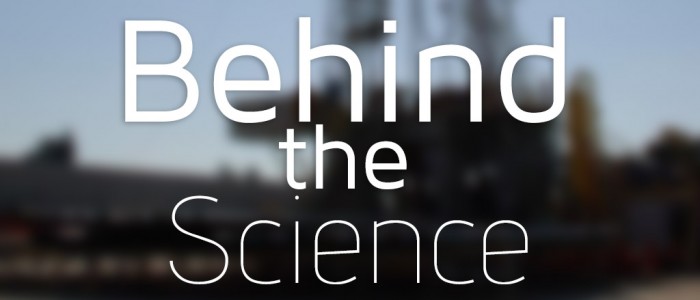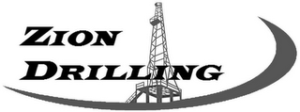Behind The Science: Lee Russell (Zion Senior Geoscience Consultant)
Question:
“You’re a Geoscience Consultant. Explain what you do.”
LEE: My main responsibility is to take a look at the exploration program at Zion. I look at the geological database, the mapping that’s been done in the past, the prospect development that’s been done in the past, etc. and then put my own imprint on it. I do quality control. I do a lot of mapping on my own.
I’ve basically come in and critically evaluated the program here [Zion Oil and Gas] from the past and taken it in a little bit of a different direction. I’ve mapped differently and sort of put my own imprint on it and developed some prospects along the way – prospects that have a higher probability of success. All the right ingredients, including migration pathways, traps that are large enough to contain potential volumes, seals, etc.
The first ingredient you need [for an oil discovery] in place is a Source Rock with enough organic richness to produce oil. And it can’t be on the surface. It has to be buried at a depth great enough to mature, so it can expel oil. The oil has to migrate upward. Water flows down, oil flows up. Oil seeks a high-point. Water seeks a low-point. Why? Oil is buoyant (less dense) relative to water. You’re looking for a dome to find the oil.
For each element you need present for a discovery, put a probability of “1” on it. If you’re 50-50 on the chance of that element being there, your chance of success dramatically decreases, to only 50%. Add all ingredients and it’s definitely a puzzle to put together.
This is typical for an exploration project, you never really know. it’s not for the faint of heart, it’s a risk. You have to look real critically at every aspect to make sure you’re drilling with the best chance of success. I mitigate the risks as much as possible. That gives it the highest chance of success.






[…] Read Part 1 of Lee’s Q&A: “You’re a Geoscience Consultant. Explain what you do.” […]